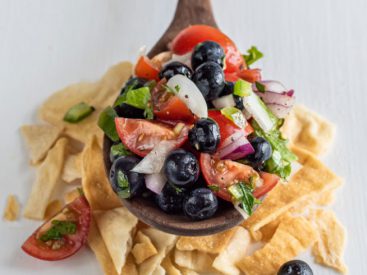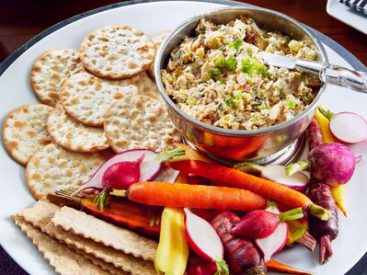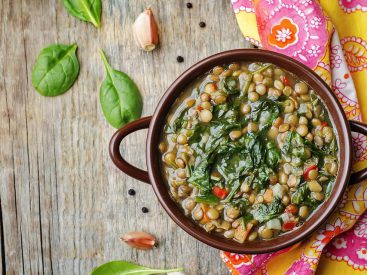Eid al-Fitr is one of two major holidays on the Muslim calendar. Though both holidays are often called Eid, there are a few major differences between Eid al-Fitr and Eid al-Adha. Eid al-Fitr comes first — taking place in the 10th month of the Muslim calendar. Eid al-Adha, on […]
Delicious!
Delicious!



